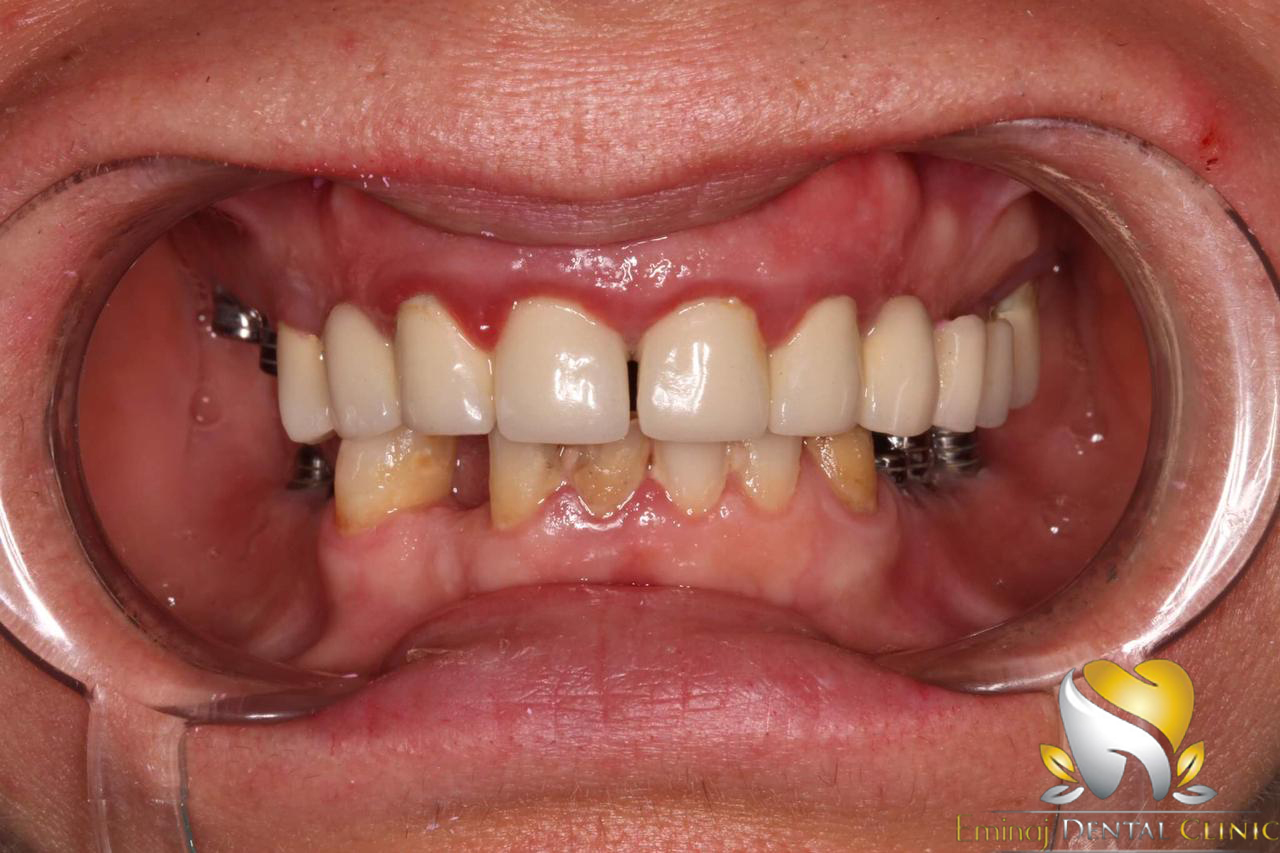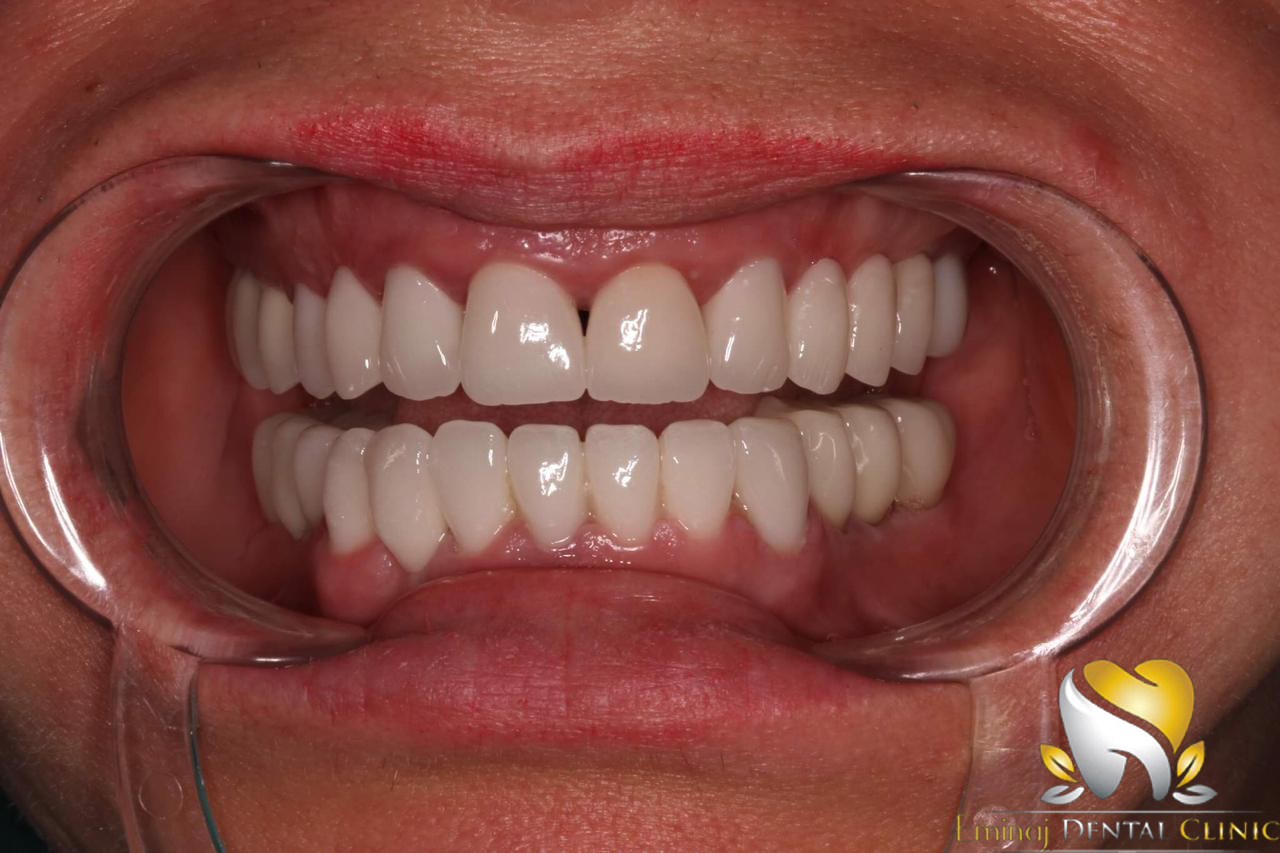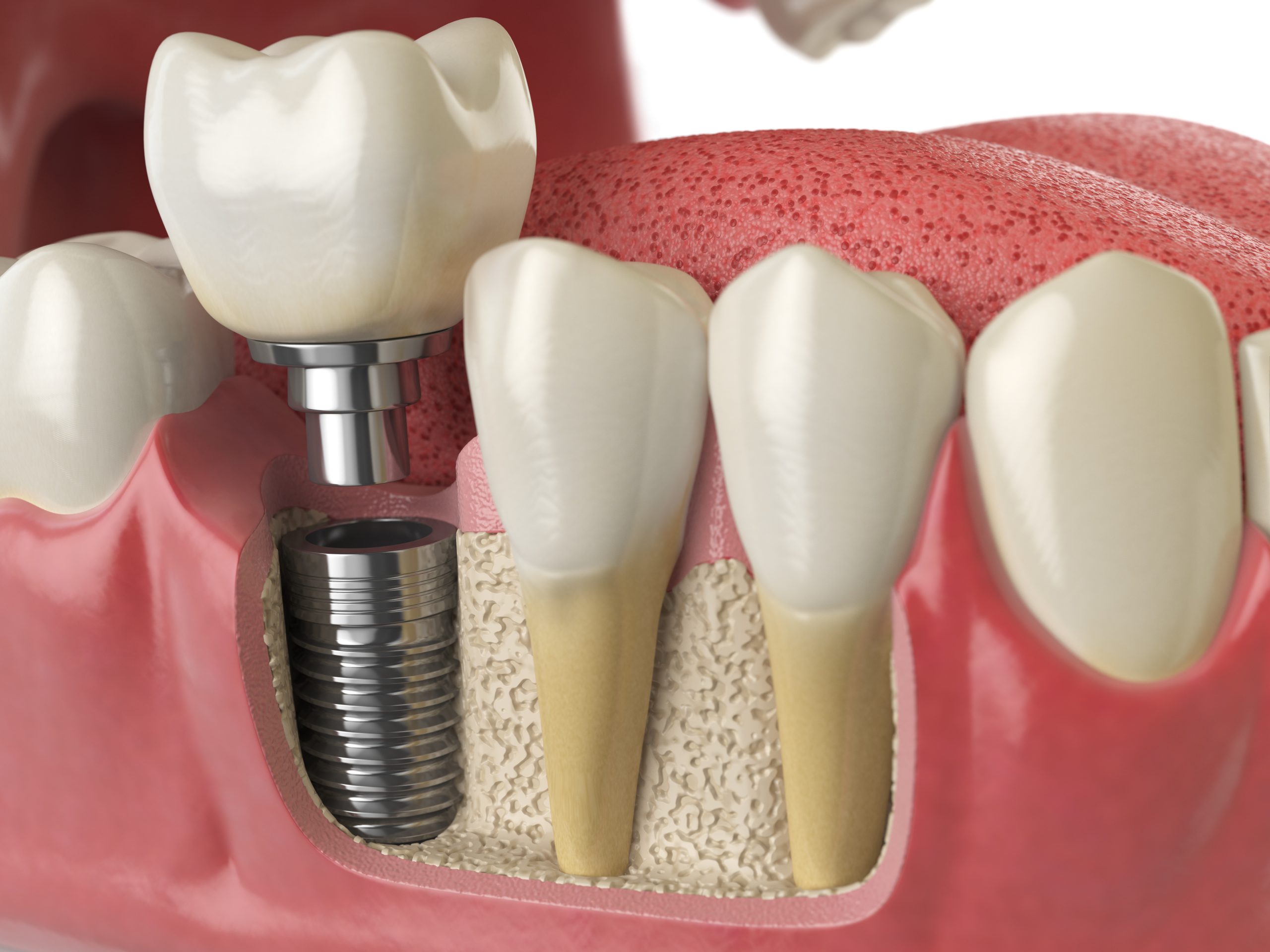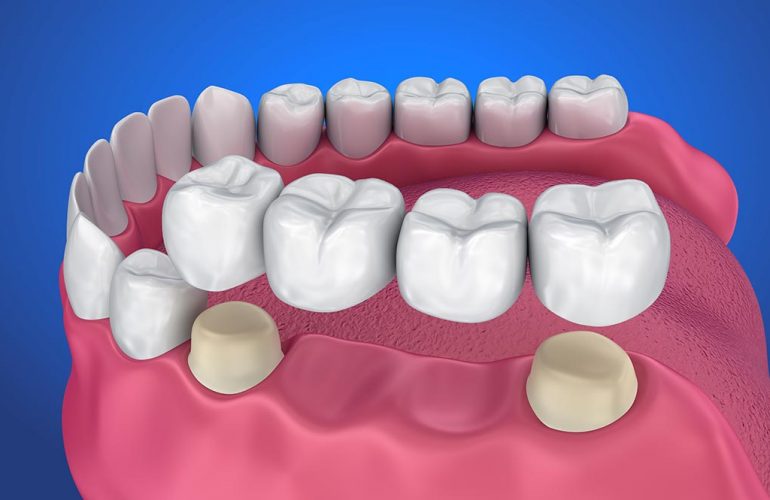Implantology - Dental implants: phases and advantages
What is dental implant made of?
What are the stages of the surgical procedure for inserting implants?
Advantages of dental implants
- Dental implants can replace one or more teeth, up to the entire arch covering all its functions, from chewing to the aesthetic side.
- Dental implantology allows you to obtain teeth that are as characteristic and natural as teeth.
- The success rate found in this therapy is very high, around 99.9%.
- The implant does not affect other teeth, unlike bridges.
- They manage to provide perfect stability and prevent arthropathy.
- The durability is very important: lifelong implants in most cases are therefore a definitive solution.
- Dental implantology can, therefore, be considered as a definitive solution
Some Examples

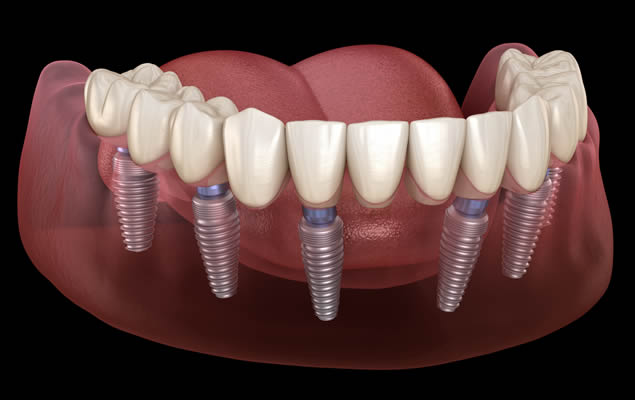
Before and After
